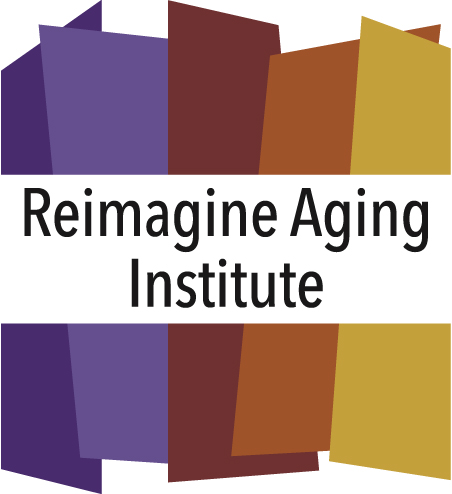Link to article in Faribault Daily News
By CEO Deb Taylor
 In a culture that is rapidly trending towards a social awareness surrounding issues of inequality, discrimination in regards to age can go unnoticed and, subsequently, untreated.
In a culture that is rapidly trending towards a social awareness surrounding issues of inequality, discrimination in regards to age can go unnoticed and, subsequently, untreated.
Ageism is discrimination based on prejudices about age. When ageism is directed at older people, it often involves the assumptions that older people are less competent, less attractive, and less vigorous than younger people. This kind of institutional ageism becomes especially harmful when it becomes a barrier to older adults’ full participation in society.
The reality is that 1 in 5 workers in the U.S. are age 55 or older. That accounts for over 33 million workers in total.
The law protects these workers with The Age Discrimination in Employment Act of 1967 (ADEA), which protects applicants and employees who are 40 years of age or older from employment discrimination based on age. This includes hiring, firing, layoffs, promotions and demotions. But despite this legislation, 64% of workers say they have seen or experienced age discrimination in the workplace. Of those, 92% say it is very or somewhat common. In 2013, more than 21,000 complaints for age discrimination were filed before the Equal Employment Opportunity Commission (EEOC).
So where do our perceptions of older age being “less than” come from? For one, just look at our societal attitudes towards aging with regards to our physical appearance. From an early age, we’re taught to battle the aging process. Use creams, supplements, and even surgery to lessen the physical symptoms of aging. We live in a society where telling someone they look younger is a compliment. We seem to battle our age instead of embracing it, as if it were a shameful affliction to be dealt with.
It’s impossible that these attitudes wouldn’t permeate into the way we treat age in the workplace. In fact, 15% of workers said it would be unacceptable to have a boss who was 70 years old. This only reinforces an “Us vs. Them” mentality when viewing aging instead of collaboration between generations.
So how do we battle ageism instead of age?
Awareness and mindfulness is key in challenging our negative connotations of growing older. Take some time to recognize your own prejudices with regards to age. How do you view growing older? Do you battle your own aging? Do you view it as a physical and mental decline? How do you view older adults in your life? In your workplace?
While it’s true that aging often brings about unique sets of challenge in terms of physical and mental wellbeing, aging in itself is not a disability. Challenge the idea that aging is synonymous with decline. Instead remove the judgment and recognize aging for what it is; change. It’s a continuous process of human development stretched over the course of a lifetime that each and every one of us is a part of. Older adults is a demographic that, if we are fortunate, we will all belong to one day. So by allowing ageism to continue, we’re only hurting ourselves.
Deb Taylor is the CEO of Senior Community Services and its Reimagine Aging Institute, a nonprofit that helps older adults and caregivers navigate aging to maintain independence and quality of life. We provide a wide array of programs — www.seniorcommunity.org



